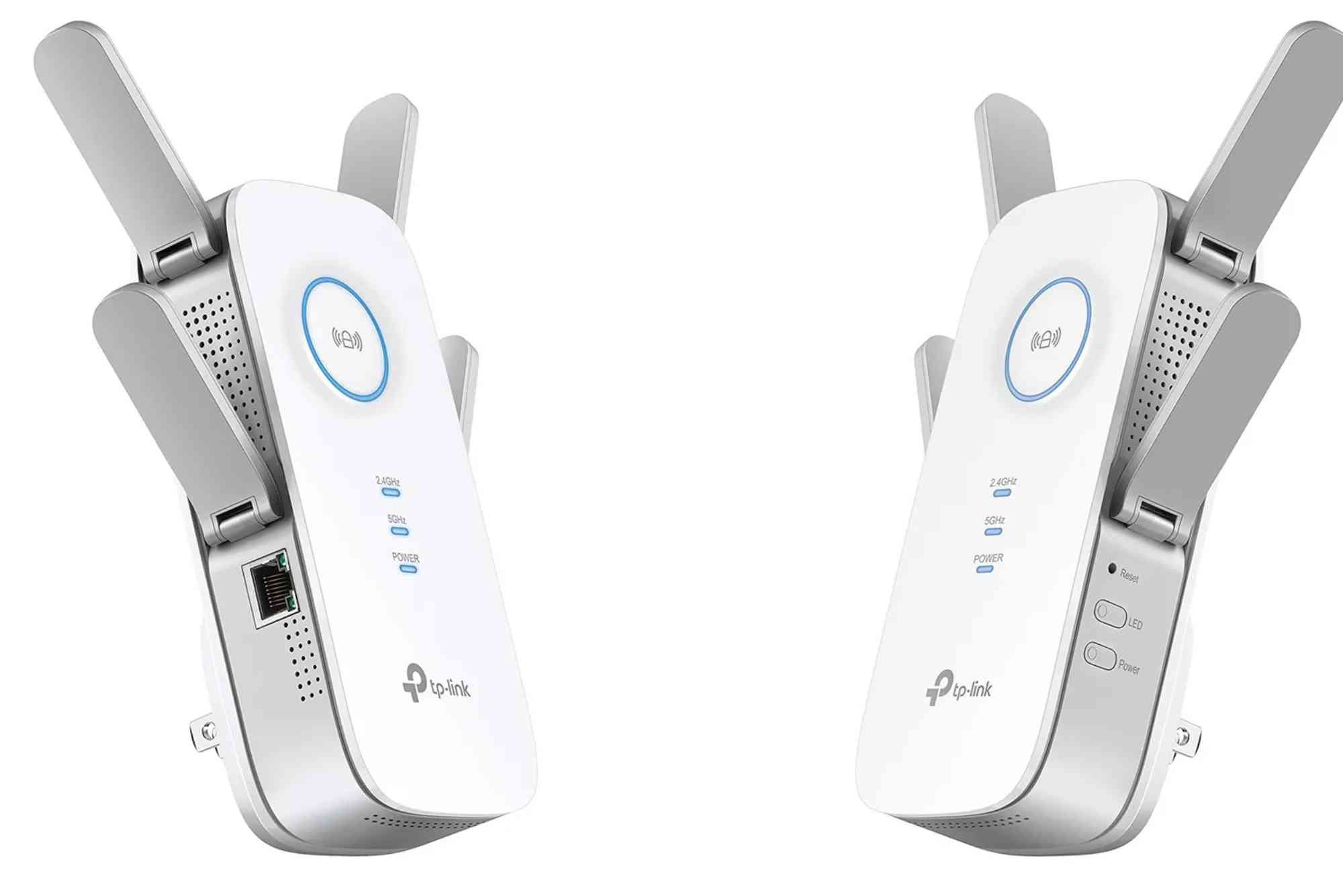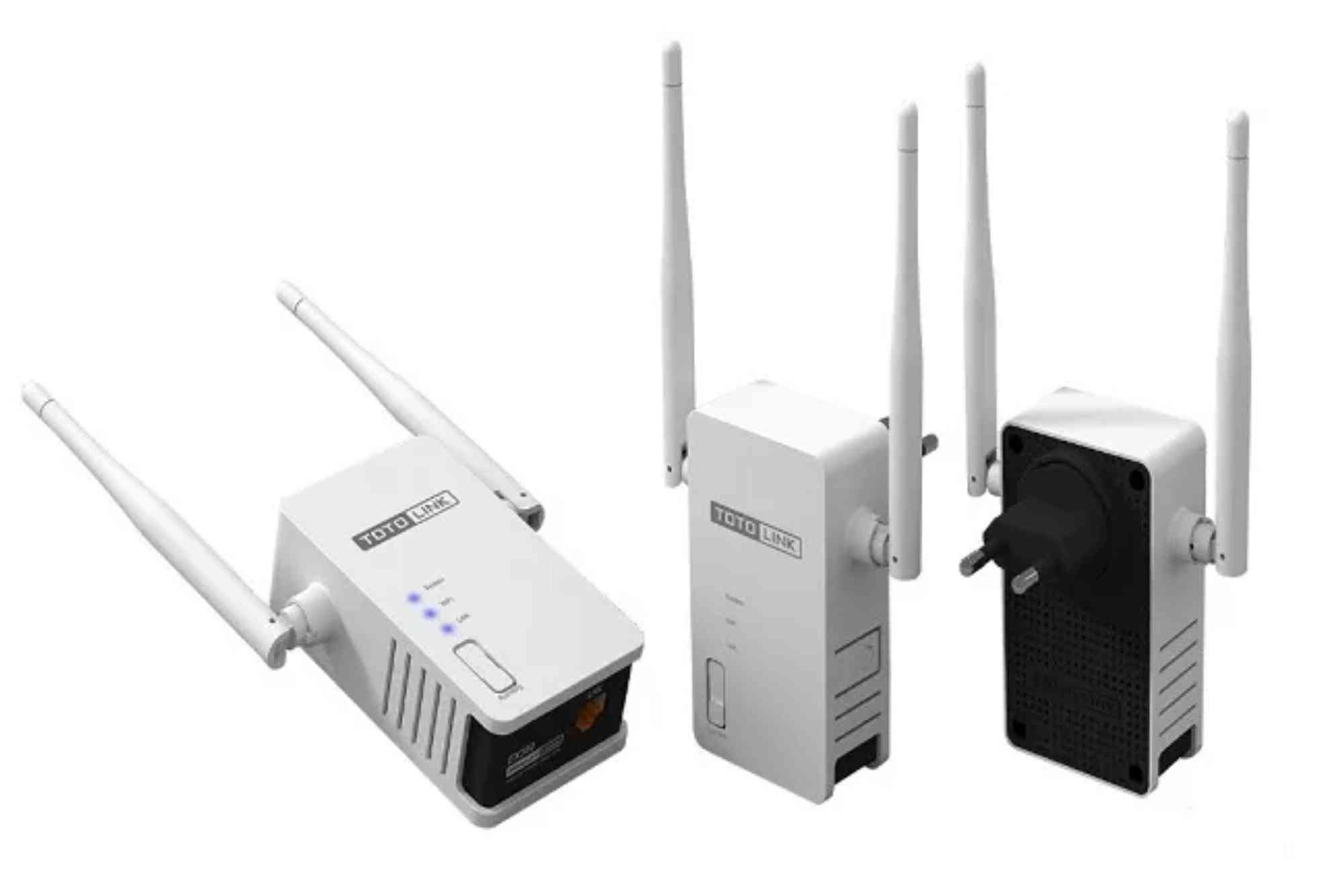How to Setup ISP Provided Router Correctly
Getting a new internet connection often means receiving a router from your Internet Service Provider (ISP). Many users simply plug it in and start browsing. However, learning how to setup ISP provided router correctly can make a big difference. A proper setup ensures faster speeds, better coverage, and stronger security.
In this guide, you’ll learn everything from connecting your router physically to configuring settings for maximum performance. By the end, you’ll be able to manage your home network like a pro.
Why Router Setup Matters
Your ISP-provided router is the heart of your internet experience. If it isn’t configured properly, you may face:
-
Slow internet speeds
-
Poor Wi-Fi coverage
-
Frequent disconnections
-
Security risks
Setting it up correctly can solve these issues and help you get the most from your internet plan.
Step-by-Step Guide: How to Setup ISP Provided Router
Unbox and Identify Router Components
Most ISP routers come with:
-
Router unit
-
Power adapter
-
Ethernet cables
-
Quick-start guide
Ensure everything is included before starting.
Connect the Router to Power and Modem
-
Plug the power adapter into the router.
-
Connect the router to the modem using an Ethernet cable.
-
Wait until the router lights stabilize (usually power, internet, and Wi-Fi indicators).
Position Your Router for Best Coverage
Router placement plays a key role in performance. Follow these tips:
-
Place it in a central location in your home.
-
Keep it elevated on a shelf or table.
-
Avoid corners, thick walls, and metal surfaces.
-
Keep it away from microwaves or cordless phones.
Connect to the Router’s Network
Look for the default Wi-Fi name (SSID) and password on the router label. Use them to connect your device for the first time.
Log in to the Router’s Admin Panel
-
Open a web browser.
-
Enter the router’s IP address (commonly
192.168.1.1or192.168.0.1). -
Use the default username and password (often found on the router label).
Once logged in, you can configure essential settings.
Essential Settings for ISP Provided Router
Change Default Login Credentials
Leaving default credentials is a security risk. Set a strong, unique password to prevent unauthorized access.
Update the Router Firmware
Firmware updates fix bugs and improve performance. Check for updates in the admin panel.
Configure Wi-Fi Settings
-
Change the default SSID to something unique.
-
Set a strong Wi-Fi password using WPA2 or WPA3 encryption.
-
Disable WPS for better security.
Setup Guest Network
Guest networks keep visitors from accessing your main devices. Enable a separate SSID with its own password.
Adjust Channel and Band Settings
For better performance:
-
Use 2.4 GHz for longer range.
-
Use 5 GHz for faster speeds.
-
Manually switch channels if you face interference.
Enable Firewall and Security Features
Ensure your router firewall is active. Some routers also provide parental controls and advanced security settings worth exploring.
Advanced Setup Tips
Use QoS (Quality of Service)
QoS prioritizes traffic for certain applications. For example, you can prioritize video calls or gaming.
Disable Unnecessary Features
Turn off features like remote management if you don’t need them. This reduces security risks.
Connect Wired Devices
For stable, high-speed connections, use Ethernet cables instead of Wi-Fi where possible.
Monitor Connected Devices
Regularly check the list of connected devices. Remove unknown ones to secure your network.
Common Issues and Fixes
Slow Internet Speed
-
Restart your router.
-
Update firmware.
-
Reduce connected devices.
-
Contact your ISP if speed issues continue.
Wi-Fi Not Reaching All Rooms
-
Reposition the router.
-
Add Wi-Fi extenders or mesh systems.
Can’t Log in to Router
-
Check IP address.
-
Reset router if login credentials are lost.
Best Practices for Long-Term Router Use
-
Restart your router once a week.
-
Keep firmware updated.
-
Regularly change Wi-Fi passwords.
-
Review router logs for suspicious activity.
For professional-grade connectivity, consider checking out Dhanote Internet Services for reliable ISP options and router support.
Frequently Asked Questions
What is the best place to put an ISP router?
Place your router in a central, elevated position, away from walls and electronics that cause interference.
How do I change my ISP router Wi-Fi password?
Log in to the admin panel, go to Wi-Fi settings, and set a new password under security options.
Can I use my own router instead of the ISP-provided one?
Yes, in most cases. Contact your ISP to confirm compatibility before switching.
Why does my ISP router keep disconnecting?
Possible causes include overheating, outdated firmware, or poor placement. Restart and update your router to fix it.
Do I need to reset my ISP router often?
Not necessarily. A weekly restart helps, but factory resets should only be done for troubleshooting major issues.
Take Control of Your Internet
Learning how to setup ISP provided router correctly is more than just plugging it in. With the right placement, settings, and security measures, you’ll enjoy faster, safer, and more reliable internet.
Take time today to optimize your router settings. If you want an ISP that supports advanced router setups, explore options like Dhanote Internet Services for improved performance and support.








